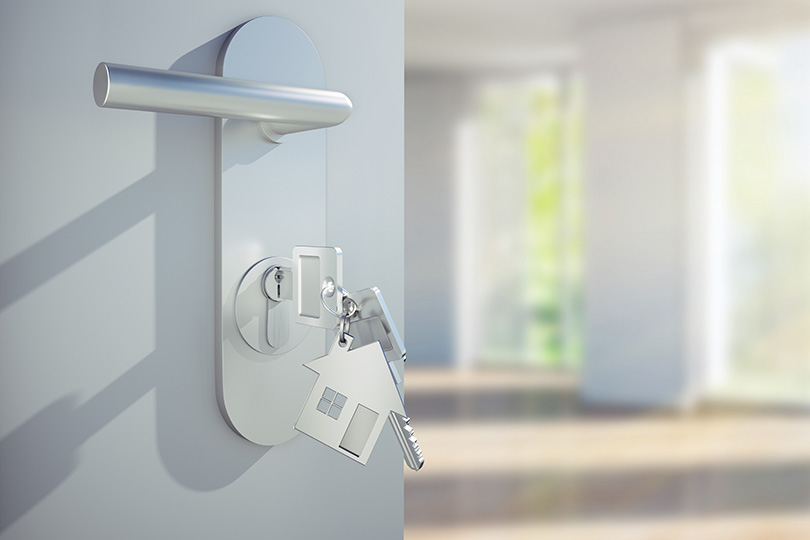10 TIPS for Long-Term Leases
Renting out an investment property on a long-term basis can be a good source of steady income. Once the property has been advertised for rental and potential tenants identified, it is important to get some background on the tenants before signing a lease. The landlord can ask the tenant to provide references from previous landlords, current employers and the names of two personal references. A clear and comprehensive residential lease is the starting point for a successful tenancy. It is recommended that the lease should be signed by all the parties and requisite rents and deposits paid before handing over the keys.

The following are 10 key points which should be included.
- Names of all parties to the agreement. Include all adult tenants and any others who are responsible for sharing the payment of the rent. This allows the landlord to be able to terminate the rental agreement if any of the agreed parties violate the terms of the lease.
- The terms of the tenancy. This clause will set out whether the rental agreement is month-to-month, or is for a fixed term e.g. one year. It should also set out any options for renewal on the expiry of the fixed term. Termination options should also be addressed.
- Rent. The lease agreement should clearly state the rent amount, when the rent payments are due, and how the rent payments should be paid. There should also be an explanation if interest is charged for late payments.
- Full details of property: These include any PUP / POA rules or covenants that apply to the tenant. These must be shared with the tenant as part of the lease as the tenant must abide by these rules which govern residing in the complex. Furnished property should include the full inventory. The tenant should verify that they receive keys, remotes and furniture as listed, and sign for receiving. The lease should clearly state what happens if the premises are no longer habitable as may occur during natural disasters. If there is a pool and garden, it is recommended that the landlord or his agent look after the maintenance, since failure to properly maintain these areas can result in high costs to return to the original state.
- Limits on occupancy/subleasing. This important provision ensures that only those who have signed the lease, along with their minor children, can live on the premises. Tenants will also not be able to sublease the premises to another party without landlord approval.
- Right of entry. The conditions under which the landlord is allowed to enter the rental property should be specified, as well as what notice is required prior to entry. This includes periodic inspections by the landlord or his agent, for example; every 6 months for a lease of 1 year or longer.
- Security deposits and other fees. Security deposits are often very contentious issues between a landlord and tenant. Often the deposit is equal to the monthly rent, however it must be made clear to the tenant that at no point should the deposit be used as the final month’s rent. Clearly state who will pay the land taxes, property insurance (not including personal items), water, electricity and telephone bills etc. for the premises. This should also include the servicing of major equipment such as ac units and appliances.
- Repairs and maintenance. Both the landlord and tenant should have specific maintenance obligations under the rental agreement, and these should be clearly set out in the terms. The tenant, for example, should be responsible for maintaining clean premises, as well as be responsible for any damage caused. The terms should also obligate the tenant to inform the landlord of any repairs that need to be made to the premises and that failing to do so may result in the tenant being liable for the damage. It is a good idea to state if the maintenance paid by the tenant is capped at a maximum amount. Additionally, it should describe what types of alterations the tenant may make to the property, and when landlord permission or approval for an alteration is required.
- Disruptive behaviour and illegal activities. The rental agreement should have provisions which clearly state what constitutes disruptive behaviour (for example, excessive noise) and illegal activities and prohibit such behavior and activities. It should also provide that such behaviours or activities constitute grounds for terminating the agreement.
- Pets. If pets are not allowed, this should be clearly stated. If pets are allowed, specify the maximum number of pets permitted, and also state any restrictions as to the kinds or types of pets permitted (for example, large dogs). The provisions should also address the tenant’s responsibility to keep the rental premises clean and a separate security deposit may be required.



